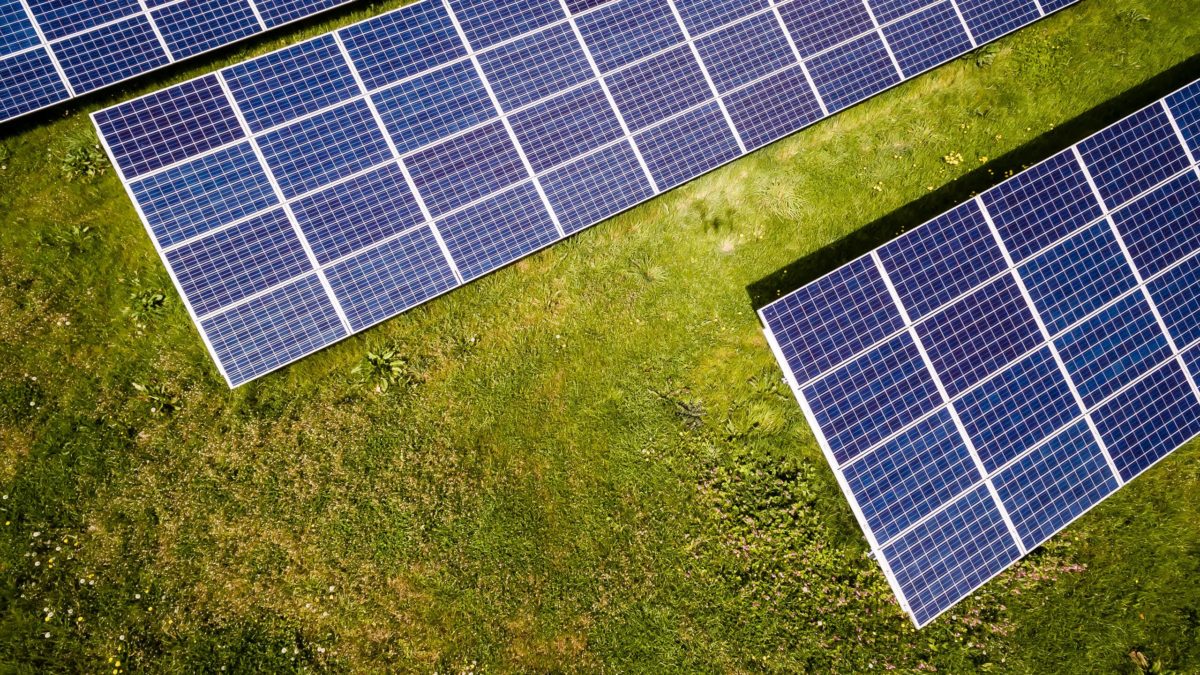The New Energy Outlook 2021 report published by analyst BloombergNEF (BNEF) has declared the world must add at least 455 GW of solar generation capacity annually, to 2030, to keep us on track for a net-zero global economy in mid century.
And with the U.S. owned data company having plotted three routes to carbon neutrality, depending on the dominant power generation technology, the ‘green' scenario outlined in yesterday's study projected a need for 632 GW of solar per year for the next three decades, to attain a 20 TW global solar fleet in 2050.
That solar and wind-friendly green route to capping global heating at a maximum 1.75 degrees Celsius this century, would also require 257 GWh of new battery energy storage capacity for the next 29 years, to reach 7.7 TWh in mid century.
Solar and sustainability
The alternative scenarios envisioned by BNEF's analysts are a ‘red' outlook, which would rely on nuclear to lead the way, helped by the widespread roll-out of small, modular reactors; and a ‘grey' future, in which carbon capture tech enables the continued use of coal and gas.
In the green scenario, solar and wind power would rise from around 1.3% of the world's primary energy use today to 15% this decade and 70% by mid century. The grey alternative would see intermittent renewables account for 26% of primary energy and no estimate was provided for solar and wind in a nuclear future outlined by BNEF in a press release issued yesterday to publicize the report.
The most renewables-friendly of the three outcomes would drive a need for 121.5 PWh of electricity generation in 2050, according to BNEF, with 49% of it used to electrolyze 1.32 billion tons of green hydrogen in that year.
The analyst posited the 455 GW per year of solar required figure regardless of the dominant power generation technology, and said at least 505 GW of wind power would also need to come online, annually, this decade, plus 245 GWh of battery capacity and 35 million electric vehicles, to keep us on track whether it be in a green, red or grey decade.
With the power sector having to do most of the heavy lifting required to 2030, in terms of bringing down carbon emissions, BNEF said the current $1.7 trillion annual spend on energy infrastructure – including solar parks – would have to reach between $3.1 trillion and $5.8 trillion per year to 2050 for a total bill, by mid century, of $92-173 trillion, depending on the dominant technology type.
This content is protected by copyright and may not be reused. If you want to cooperate with us and would like to reuse some of our content, please contact: editors@pv-magazine.com.




2 comments
By submitting this form you agree to pv magazine using your data for the purposes of publishing your comment.
Your personal data will only be disclosed or otherwise transmitted to third parties for the purposes of spam filtering or if this is necessary for technical maintenance of the website. Any other transfer to third parties will not take place unless this is justified on the basis of applicable data protection regulations or if pv magazine is legally obliged to do so.
You may revoke this consent at any time with effect for the future, in which case your personal data will be deleted immediately. Otherwise, your data will be deleted if pv magazine has processed your request or the purpose of data storage is fulfilled.
Further information on data privacy can be found in our Data Protection Policy.